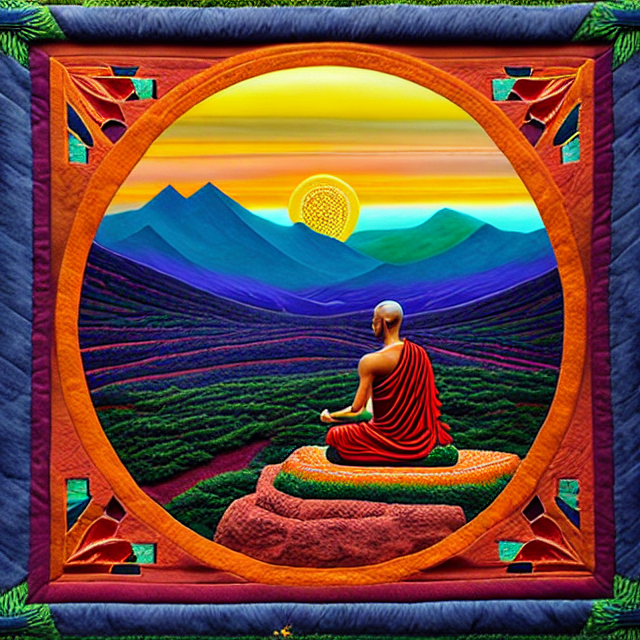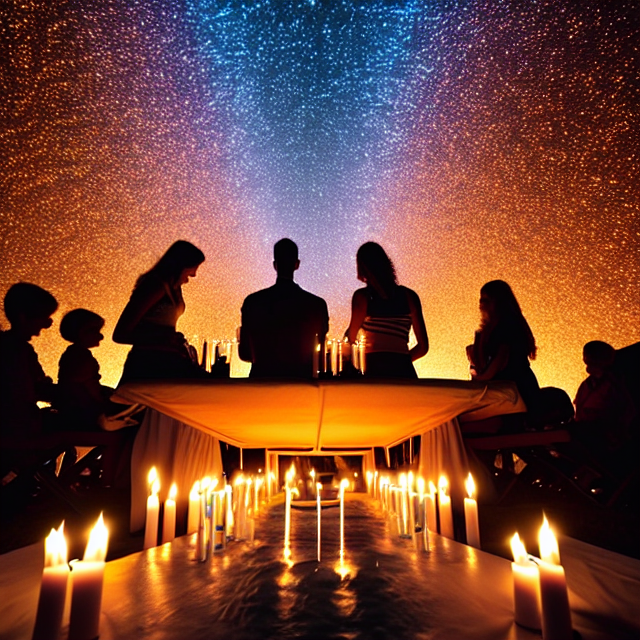Cultural Perspectives on Death
Death is a universal experience, but the ways in which we deal with it can vary widely from culture to culture. This blog aims to shed light on some unique perspectives on death from different cultures around the world.

Navajo Beliefs and Customs
The Navajo Nation has a rich and complex relationship with death, rooted in ancient legends and customs. According to Navajo legend, death came into existence due to an animal hide experiment where a coyote sank the hide into the water. The coyote reasoned that without death, there would be overpopulation and lack of resources. When a Navajo passes away, the burial process is meticulous, aiming to ensure the deceased doesn’t return to the world of the living. Only a select few come into contact with the dead body, and family members often avoid looking at it to ensure the smooth transition of the spirit to the underworld.
Read more about Navajo burial customs
Hindu Beliefs and Practices
In Hinduism, the concept of death is intricately connected to the belief in the soul, or “ātman,” and its journey through cycles of birth and rebirth. The ultimate goal for Hindus is to achieve ‘Moksha,’ or liberation from this cycle. Death practices can be complex, involving a range of rituals like cremation and ceremonies called “śrāddha,” which are designed to assist the soul in its journey after death. Depending on one’s deeds in life, the soul undergoes judgment by Yama, the god of death, and is then assigned to either heaven or hell for a limited period before the cycle of reincarnation begins anew.
Read more about Hindu death practices
Buddhism and Death
Buddhism views death not as the end but as a critical juncture in the cycle of life and rebirth known as Samsara. This makes it a moment of immense potential for enlightenment. Various practices in different Buddhist traditions aim to generate compassion and insight during the dying process. Tibetan Buddhists, for example, have the unique “Sky Burial” ritual where the deceased’s body is left for vultures as a symbol of life’s impermanence and a way to give back to the Earth. In Japan, Zen Buddhists often turn to meditation during the dying process, using it as a tool for confronting and accepting the reality of death.
Dying in the West: The American Perspective
In contrast to the more spiritually enriched views from other cultures, the perspective on death in the United States can often be termed as avoidant. The topic remains a cultural taboo, usually discussed in hushed tones, if at all. This silence around the subject can be emotionally damaging both for those who are dying and for their loved ones. Medical facilities, rather than homes or community spaces, become the sterile environments where life meets its end, often devoid of the rituals or spiritual practices that can bring comfort and meaning to this final transition.
The Price of Avoidance
This cultural avoidance has real, tangible consequences. It complicates grieving and can extend the process of mourning unnecessarily. Moreover, it leads to unpreparedness, affecting crucial end-of-life decisions and causing added stress during an already difficult time.
Conclusion: A Thought from Ram Dass
As spiritual teacher Ram Dass wisely stated, “We’re all just walking each other home.” Understanding death through the lens of different cultures—from the spiritual practices of the Navajo Nation to the cycles of birth and rebirth in Hinduism and Buddhism—enriches our approach to this universal human experience. The importance of openly discussing death cannot be overstated, as it directly impacts the emotional well-being of those departing and those left behind.
If you’d like to dive deeper into these spiritual and practical aspects of death and dying, feel free to book a session with me here.
Read more about Western death customs






